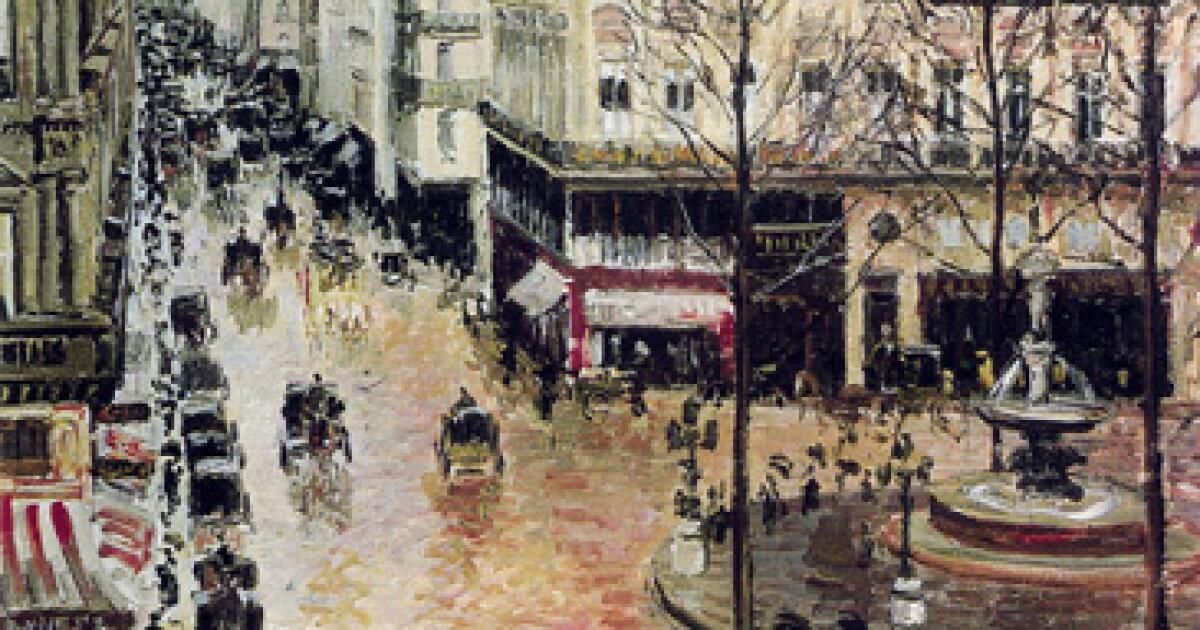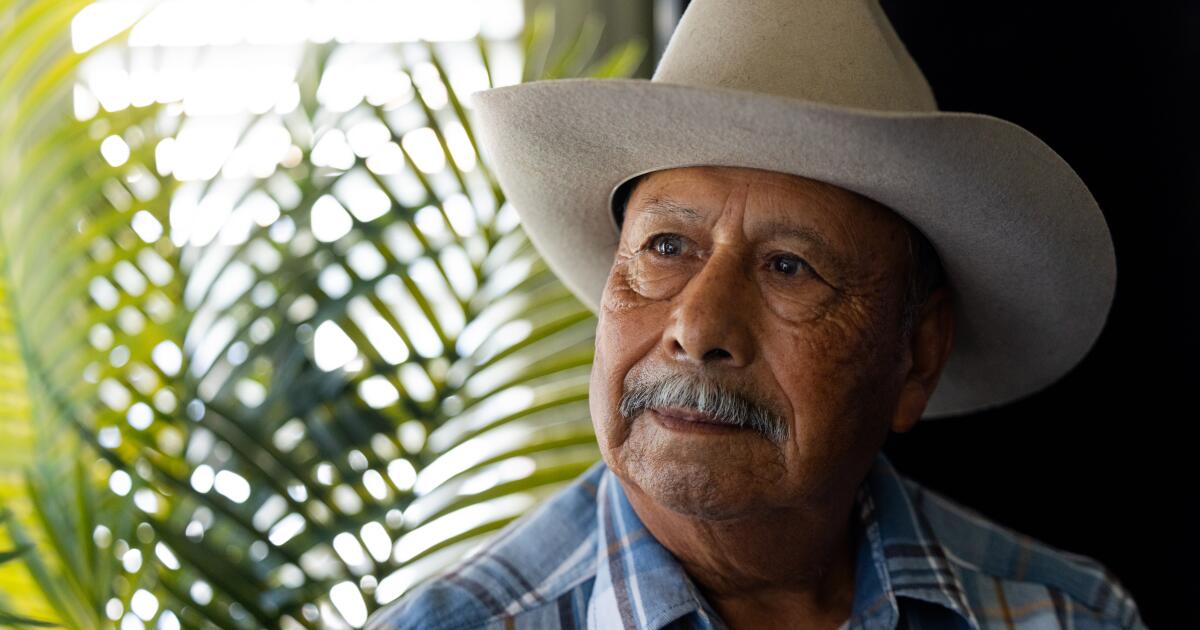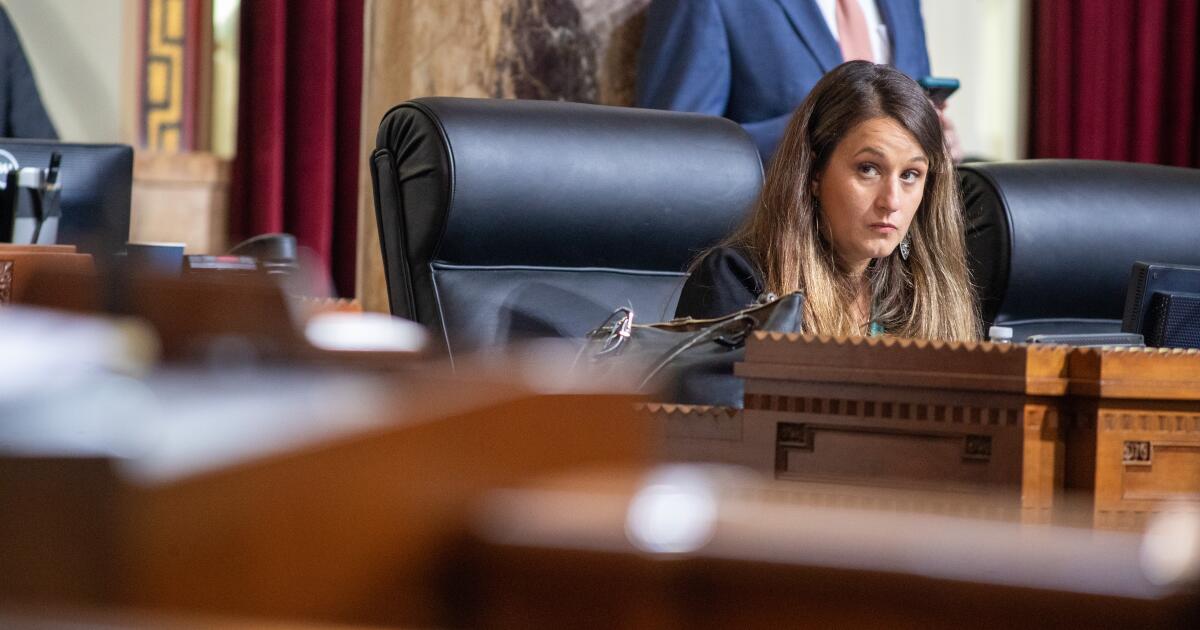The magnificent impressionist painting of a rainy urban landscape of Paris that hung from a wall in the house of Lilly Cassirer in Germany in 1939 was the price that paid a Nazi art merchant in exchange for output documents of the country. It was nothing close to a fair transaction. She was a Jewish woman who renounced valuable works of art in exchange for a safe step.
Finally, his descendants discovered that the painting of Camille Pissarro that Cassirer had, “Rue Saint-Honoré, Après-Midi, Effet de Pluie”, was hung on the wall of the Thyssen Bornemisza National Museum in Madrid.
Cassirer's family has spent two decades inside and outside the court trying without success to obtain painting that all Nazis stole everything. It is a parody that this family is still fighting for the return of this painting.
Now they will ask the United States Supreme Court to evaluate the legal saga. What makes this time different? A new California Law, Project of Assembly 2867, which was approved in August and was signed by Governor Gavin Newsom in September. The new statute requires that the courts use California's law when listening to cases presented by California residents or their families to recover stolen art or other significant artifacts held by museums.
The Supreme Court is finally in a position to correct the course to the lower courts on this matter, and should do so.
Until that bill would be approved, when a California plaintiff demanded a foreign entity as the Spanish museum to recover stolen works of art, the court would decide whether to use the law of the State or the law of the accused country. California's law argues that a thief never has the legal right to steal property, and who receives the property later never has a legal right. But according to Spanish law, after a certain amount of time, the head of stolen property can legally maintain it.
A Federal District Court that heard the case of Cassirer used Spanish law and ruled that the Spanish museum could maintain the painting. The Ninth Circuit Court of Appeals, twice, ruled that the lower court was right by deciding that the Spanish museum could maintain the painting.
The Cassirer family argues that, according to the new Statute of California, the decision of the 9th circuit is now “irreconcilable with the current law of California”. The family is asking the Supreme Court to throw that decision and return the case to the 9th circuit, which in turn should follow the new statute, cancel the decision of the lower court and finally order the painting to return to the family.
We hope that is exactly what happens. That result would be not only fair but also in line with broader norms: the legislature specifically wrote the new law to align California's law with international laws, policies and agreements, which prohibit the looting and seizure of works of art and cultural property , and request the restitution of the seized property. “
In the past, even some jurists were distressed by their decisions. Judge Consuelo Callahan, in the 9th circuit, agreed with the decision that defended the right of the museum to painting, even when he said that appeal judges must sometimes “disagree with our moral compass. For me, this is a situation like this. “
US district judge John F. Walter, in his lower court ruling for the Spanish Museum, regretted that he could not force the museum to “comply with his moral commitments” as established in powerful but not binding international agreements (signed by dozens of countries, including Spain) that affirms that there is a moral duty to return art to in the slow Nazi to their legitimate owners or their heirs.
Now California's law opens the door for judges to make legal decisions that align with Las Morales.
But the Spanish government, owner of the museum, does not have to wait for those decisions. You must do the right thing and return this painting to your legitimate owners. That would be the fastest way to do so expected.












